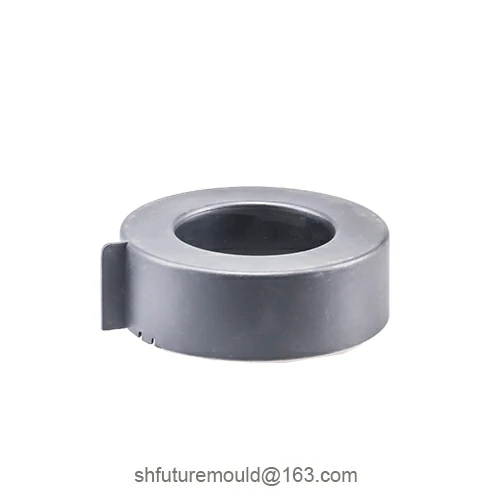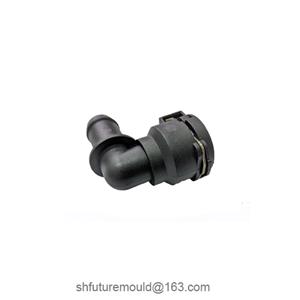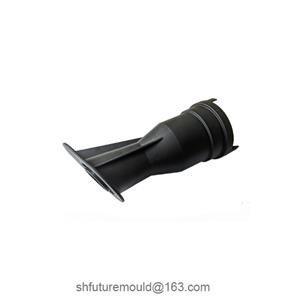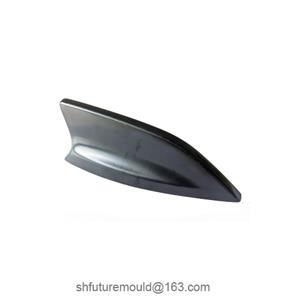Basic Components of Injection Molds
Injection molds are essential tools in the manufacturing process, used to create a wide variety of plastic parts. They consist of several key components that work together to achieve accurate and efficient production.
1. Cavity
The cavity is the hollowed-out portion of the injection mold that shapes the molten plastic into the desired product. It is typically formed by two halves: the core and the cavity.
2. Molding Components
The molding components are the parts that make up the cavity of the injection mold. They typically include the core and cavity inserts.
3. Sprue System
The sprue system is the network of channels that guides the molten plastic from the injection nozzle into the mold cavities. It consists of four main parts: the sprue, runners, gates, and cold slug wells.
4. Guiding System
The guiding system ensures precise alignment between the moving and stationary halves of the mold during the closing process. It typically consists of guide pins and guide bushings or tapered surfaces on the mold halves.
5. Ejection System
The ejection system is responsible for pushing the molded plastic part out of the mold after it has cooled. It consists of ejector pins, plates, and rods that work together to apply force and remove the part without damage.
6. Cooling and Heating System
The cooling and heating system regulates the temperature of the mold to achieve optimal processing conditions for the specific plastic material being used. Cooling is typically achieved through water channels within the mold, while heating is provided by electrical elements or other means.
7. Venting System
The venting system allows air and trapped gases to escape from the mold cavity during the injection process, preventing voids and imperfections in the molded part. Venting is typically achieved through small gaps between the mold halves, grooves on the core and cavity inserts, or dedicated vent channels.
8. Support Components
Support components provide the structural framework for the injection mold, ensuring proper assembly and stability. They include various elements such as plates, brackets, and supports that hold the mold components in place.
9. Side Action and Core Pulling Mechanisms
Side action and core pulling mechanisms are used to create complex parts with undercuts or side features that require movement of the core or cavity inserts during the molding process. These mechanisms incorporate components like slides, cams, and linkages to achieve the desired movement.
Injection molds are intricate and sophisticated tools that play a crucial role in the production of plastic parts. Understanding the various components and their functions is essential for designing, manufacturing, and maintaining effective injection molds.




